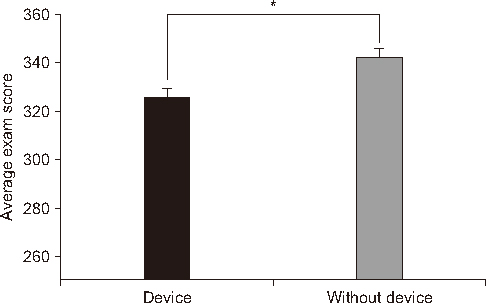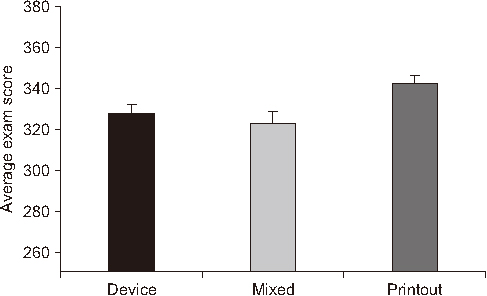Ewha Womans University College of Medicine, Seoul, Korea.
1Department of Anatomy, Ewha Womans University College of Medicine, Seoul, Korea.
Copyright © 2019. Ewha Womans University School of Medicine
This is an Open Access article distributed under the terms of the Creative Commons Attribution Non-Commercial License (http://creativecommons.org/licenses/by-nc/4.0/) which permits unrestricted non-commercial use, distribution, and reproduction in any medium, provided the original work is properly cited.





SD, standard deviation; SEM, standard error of mean.
SD, standard deviation; SEM, standard error of mean.
SD, standard deviation; SEM, standard error of mean.
SD, standard deviation; SEM, standard error of mean.